Rethinking Software Pricing in the Era of AI
The delivery and consumption of software are evolving, and with each shift, the customer is becoming more aligned with the vendor. The first tectonic shift was the move from on-premises deployments to delivering software as a service in the cloud (a transition that’s still underway). This evolution ushered in the era of subscription-based software pricing. More recently, we’ve witnessed the rise in AI adoption: positioning software as a tool that extends beyond augmentation to also automate and complete tasks.
We believe AI will help to further catalyze the next wave of software pricing, which will be outcome-based. But before we explore what that means and what the future looks like, let’s take a step back to understand the past and how we got here.
First Wave – On-Prem Software: Buying the Right to the Software (1980s-early 2000s)
In the early days, software was often delivered on-premises, meaning it was installed and run on computers within a company’s own IT environment. In this era, buying software wasn’t all too dissimilar from a traditional retail purchase, as customers often acquired a perpetual software license through a single upfront payment, granting them the contractual right to use the software indefinitely.
While the benefits of this pricing model include predictable costs, low vendor dependency and perpetual ownership, there is little to no alignment between the customer and the vendor. Once the software is purchased, there is no incentive for the vendor to help the customer find value, and it is ultimately the customer who is responsible for installing the software and achieving the desired outcome.
Furthermore, vendors often sold ongoing support / maintenance contracts to customers, which meant that they profited when the software was complex and challenging to use and maintain. Additionally, because a significant upfront investment was required from the customer for both setting up the infrastructure to run the software and paying for the software, the barriers to churn were high.
Second Wave – Cloud-Native Software: Subscribing to the Right Software (Mid-2000s to present)
Cloud computing represented a fundamental shift in the delivery and consumption of software. The significant change involved in transitioning to the cloud was that software no longer needed to be physically installed on the customer’s local hardware; instead, it could be hosted on remote servers managed by the vendor and delivered through the internet.
This new paradigm shifted the burden of software installation, delivery and maintenance from the customer to the vendor, giving rise to the concept of “software as a service,” or “SaaS,” where customers rent software from vendors rather than owning and operating it themselves.
As the economic delivery model shifted, so did the pricing model, with perpetual licenses being replaced by subscription-based contracts. Customers are charged a recurring fee to access software, instead of a single – and oftentimes significant – upfront payment. In this, customers are more aligned with vendors due to lower switching costs from a more flexible pricing model and no upfront sunk infrastructure investment, making it easier to switch software vendors.
This also places a greater responsibility on software providers to continuously deliver the promised value and ensure customer satisfaction. However, the relationship between the customer and vendor is still not perfect in the SaaS world because cost is not entirely tied to value, as customers must still commit to their software subscription upfront, potentially leading to payments for excess services where value is not realized, such as unused seats or redundant services.
Third Wave – AI-Powered Software: Buying the Right Outcome (The Future)
It’s no secret that AI is taking the world by storm. Foundation models and other infrastructure advancements have abstracted away much of the complexity associated with building AI products. As the barriers to entry are lowered, almost every company has become an AI company.
While today, this software is being used as a “copilot” to augment a user’s workflow and enable them to be more efficient when completing a task, we are quickly moving toward a world where AI can function as an “autopilot” to complete tasks and work on behalf of the user. We believe this shift will usher in the next generation of pricing, which is entirely outcome-based, meaning customers only pay for performance or the successful completion of a desired outcome.
Tying the cost of a product to the delivered outcome fully aligns the customer and the vendor. Similar to any utility, like electricity or water, customers have the power to turn on / off or scale up / down usage at any time, rather than locking themselves into a predetermined contract. This compels the vendor to deliver value to the customers and ensure they are meeting their goals.
Software consumption and pricing models have evolved significantly over the years, a trend that we expect to continue as AI adoption ushers in the next wave of intelligent products. Looking ahead, we believe that AI will transform software from a tool that supports work into one that completes work (i.e., from copilot to autopilot). With this shift, outcome-based pricing will become increasingly prevalent, as customers will pay based on the specific value or results they achieve through the use of AI-powered software.
For example, rather than charging customers per seat based on the number of sales-development representatives (SDRs) and account executives (AEs) on the platform, sales-productivity vendors can instead charge based on the number of qualified opportunities or signed customers that their software delivers. Not only does this perfectly align the cost of the unit of software with the associated business value by removing the opacity that exists without easily attributable results, but it also unlocks a much more scalable business model where vendors can grow in lockstep with their customers, rather than being constrained by an arbitrary pricing unit like number of seats.
This pricing model will fundamentally align the incentives of customers and vendors, emphasizing the importance of delivering tangible and measurable outcomes while allowing customers to flexibly scale their usage in line with their needs and goals.


